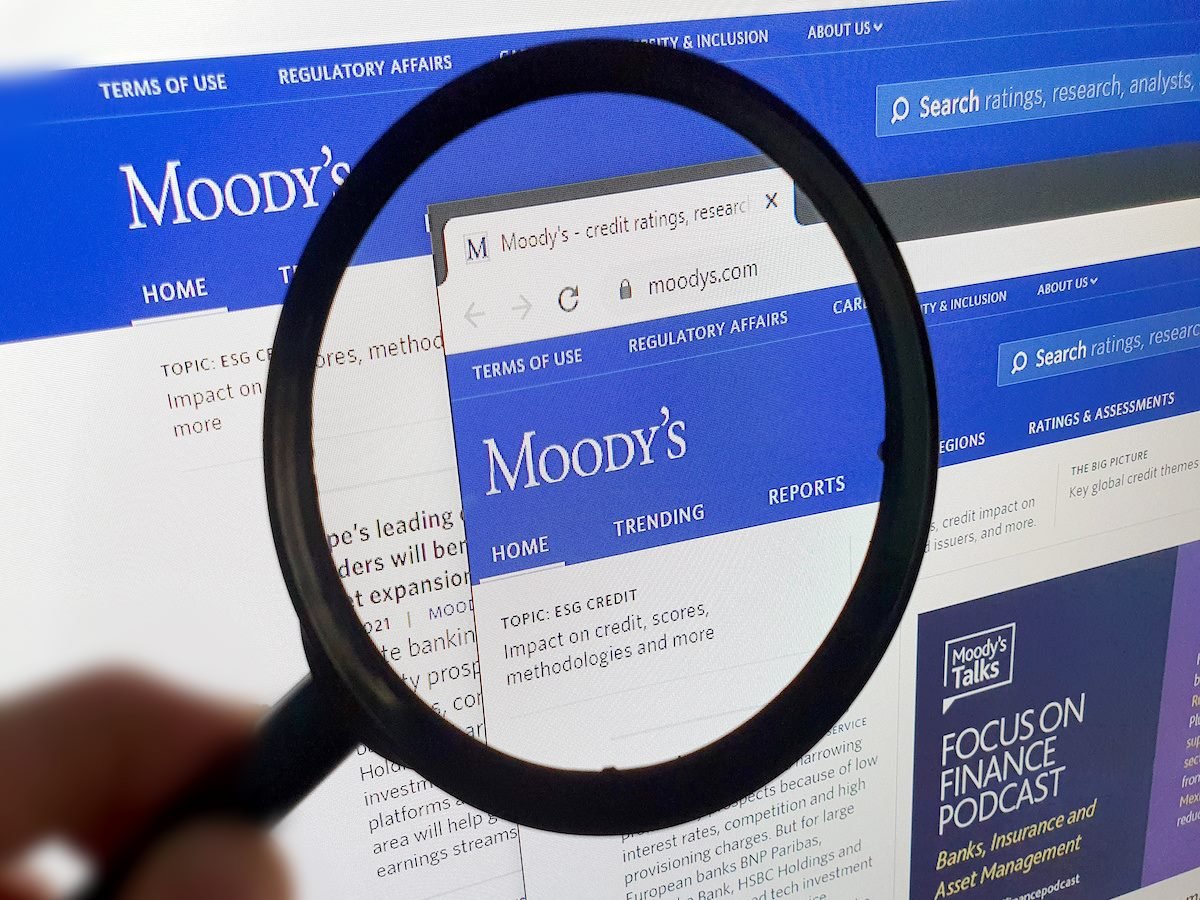Key Takeaways
- Moody’s expands access to proprietary data via new APIs and model context protocols for generative AI.
- A partnership with Anthropic integrates Moody’s entity data into Claude AI for use in financial workflows.
- Financial firms are increasingly adopting agentic AI to streamline tasks across departmenal workflows.
Moody's announced on October 27, 2025, the expansion of access to its GenAI-ready proprietary data through new Smart APIs and Model Context Protocol (MCP) servers. According to company officials, the initiative allows customers to access credit ratings, research and company data on more than 600 million public and private entities.
The expansion includes a strategic partnership with Anthropic to integrate Moody's data with Claude for Financial Services, enabling financial professionals to access AI-powered insights directly within their existing workflows.
Table of Contents
- What the Moody’s-Claude Integration Delivers
- Building the AI Backbone for Financial Institutions
- Moody’s at a Glance: History, Mission and Reach
What the Moody’s-Claude Integration Delivers
According to Moody's, the expanded data access supports organizations at different stages of AI adoption:
| AI Tool or Integration | Function |
|---|---|
| Smart APIs | Access to Moody’s proprietary data for use in AI applications |
| MCP Servers | Real-time decisioning powered by GenAI-ready data |
| Claude Integration | Direct delivery of Moody’s entity data through Anthropic’s Claude AI |
| Research Assistant | Enables insight discovery without major infrastructure investment |
| Agentic Solutions | Automates processes for credit analysis, sales, and compliance |
Building the AI Backbone for Financial Institutions
"With our GenAI-ready data offerings, we continue to support our customers in their AI evolution, enriching semantic layers, metadata, and contextual signals that allow AI models to interpret, generate, and respond with precision and relevance."
- Cristina Pieretti
Head of Digital Content & Innovation, Moody's Analytics
Enterprise AI adoption has accelerated dramatically, with recent surveys showing 18% of organizations are now "AI future ready" compared to just 7% in 2022. The financial sector has been particularly active, with companies like Wells Fargo expanding access to AI agents and tools. Executive interest in agentic AI is overwhelming, with UIPath finding that 93% of US IT executives are extremely or very interested in these autonomous systems.
Moody's move to expand access to its proprietary data via Smart APIs and integrate with Anthropic's Claude aligns with the broader market, which is shifting from implementing isolated AI solutions toward unifying these systems to enhance cross-functional workflows.
This integration trend is evident in financial services, where companies are developing platforms that combine agentic AI solutions with workflow automation while maintaining security.
Related Article: Inside the Microsoft-OpenAI Deal: New Terms for AGI and Enterprise Cloud
Moody’s at a Glance: History, Mission and Reach
Moody's, founded in 1909 in New York City, provides credit ratings, research and risk analysis primarily to financial institutions and government entities.
Moody’s Core Offerings
Moody's offers credit ratings, research, data and analytical tools for assessing credit risk and financial health. Its offerings include Moody's Investors Service for credit ratings and Moody's Analytics for risk management, regulatory compliance and financial modeling. These tools are used by market participants to evaluate investments, manage risk and meet regulatory requirements.
Moody’s Place in the Global Financial Ecosystem
Moody's occupies a notable position in the global financial services industry, particularly in credit ratings and risk analytics. Its customer base includes large corporations, banks, asset managers and public sector organizations. The company is often cited as one of the major credit rating agencies, alongside Standard & Poor's and Fitch Ratings. Its products are widely used by institutional decision-makers managing credit exposure and regulatory obligations.
